April Fools Day was no joke for some landlords this year. Many rushed their buy to let property purchases to beat the extra 3% stamp duty George Osborne imposed on buy to let properties after the 31st March 2016. Because some investors brought forward their 2016 property purchases to save the extra tax, speaking to fellow property professionals in Medway, all of us have noticed, since the clocks went forward, demand to buy in April and May from these landlords has eased.
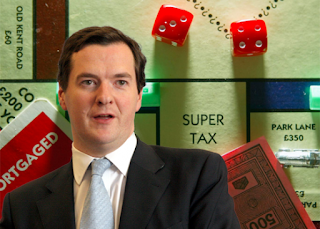 |
| The tax situation for landlords keeps changing. |
Then we have the Brexit issue, which is also having a tempering effect on the Medway property market – although if you recall I wrote about this a few weeks ago, and whilst an exit will have an effect – it won’t be the end of the world scenario some commentators are suggesting. In another article I wrote previously, I spoke of the growth rate of Medway property values. Whilst the rate of growth is slowing, Medway property values are still 9% higher year on year, albeit the growth rate month on month has started to moderate when compared to the heady days of month on month rises of 2014 and 2015. Interestingly though, a very recent members survey of the Royal Institution of Chartered Surveyors states that only 17% of members believed property values would increase over the next Quarter compared to 44% at the end of 2015.
All this had led to increases in the number of properties for sale. For example, in the ME7 postcode which mainly comprises of Gillingham, Rainham and Hempstead, there were 196 properties for sale in the postcode in December (of which 56 came on to the market for the first time). In January, February and March, 354 properties came onto the market in the postcode district (or an average of 118 per month), meaning by end of the first Quarter, there were 274 properties available for homeowners and landlords alike to buy in ME7 (a rise of 39.8% more properties for sale). These figures are mirrored in neighbouring postcodes throughout the Medway area.
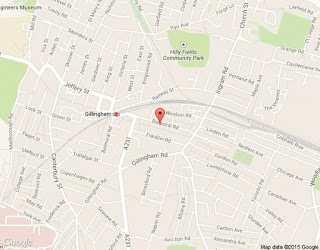 |
| Nearly 40% more properties for sale in ME7. |
Nevertheless, I believe this easing of the Medway property market is a good thing, as investment landlords won’t have to pay top prices to secure a property because of the lower competition. On the face of it, this easing should be bad news for the 30,820 homeowners in the ME7 area, but nothing could be further from the truth. The majority of homeowners that move, move up-market, (i.e. from a flat to terrace/town house, then a semi and then detached), so whilst last year you would have achieved more for your property, you would have had to have pay an even higher price to secure the one you wanted to buy. The Swings and Roundabouts of the Medway Property Market!
However, all the signals suggest that whatever the aftermath of the approaching EU referendum, in the long term, the disparity between demand for Medway property and the supply will still exercise a sturdy and definitive influence on the Medway property market. It would surprise me that if by 2021, whichever way we vote in shortly, assuming we don’t have another credit crunch or issues like a major world conflict, property prices will be between 20% to 23% higher than they are today.
I hope you have enjoyed reading my thoughts but what are yours? Feel free to comment or email me HERE.

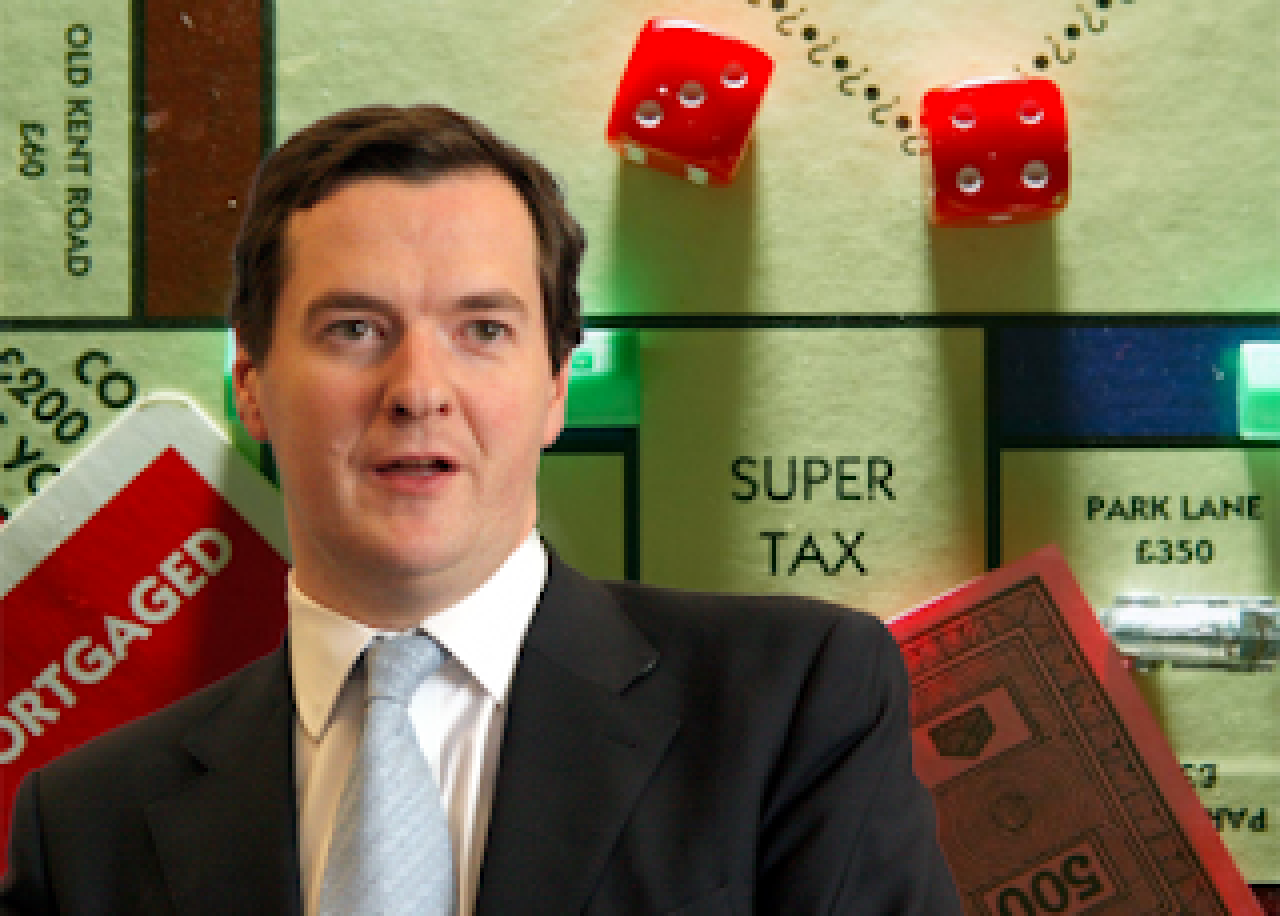
 By
By 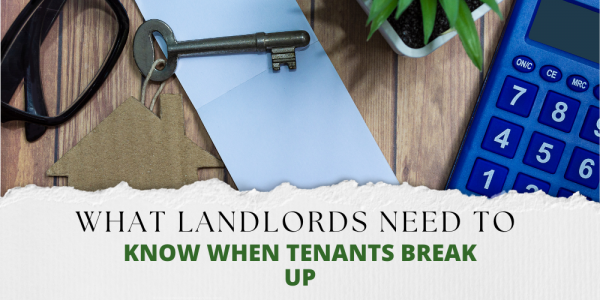


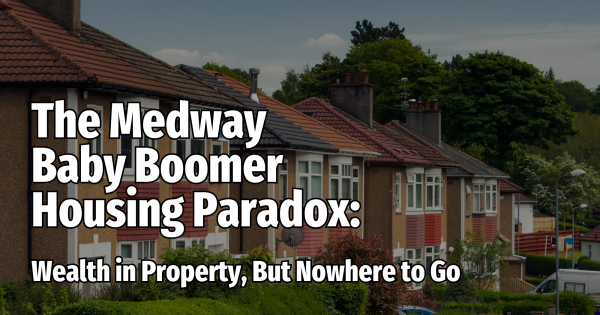
Share this with
Email
Facebook
Messenger
Twitter
Pinterest
LinkedIn
Copy this link